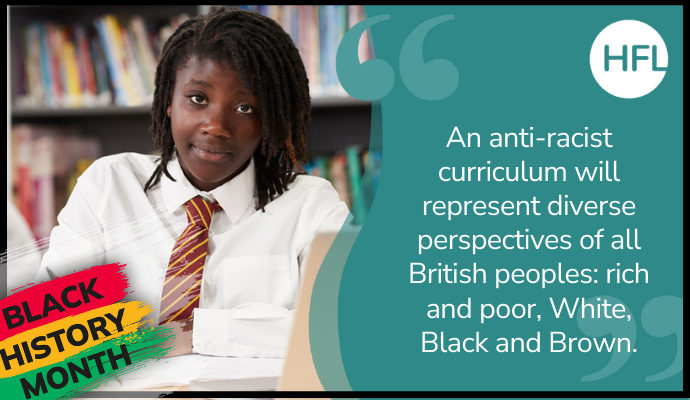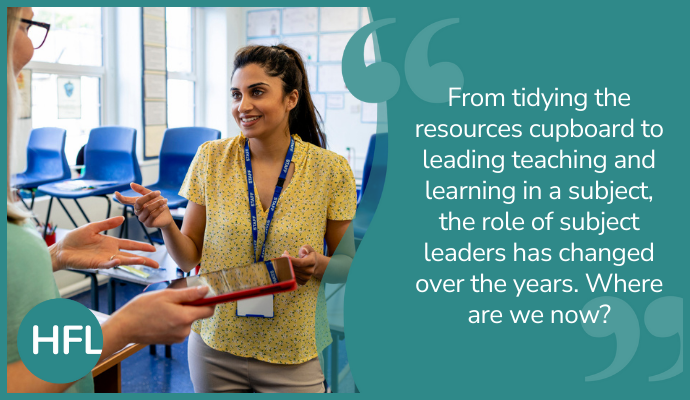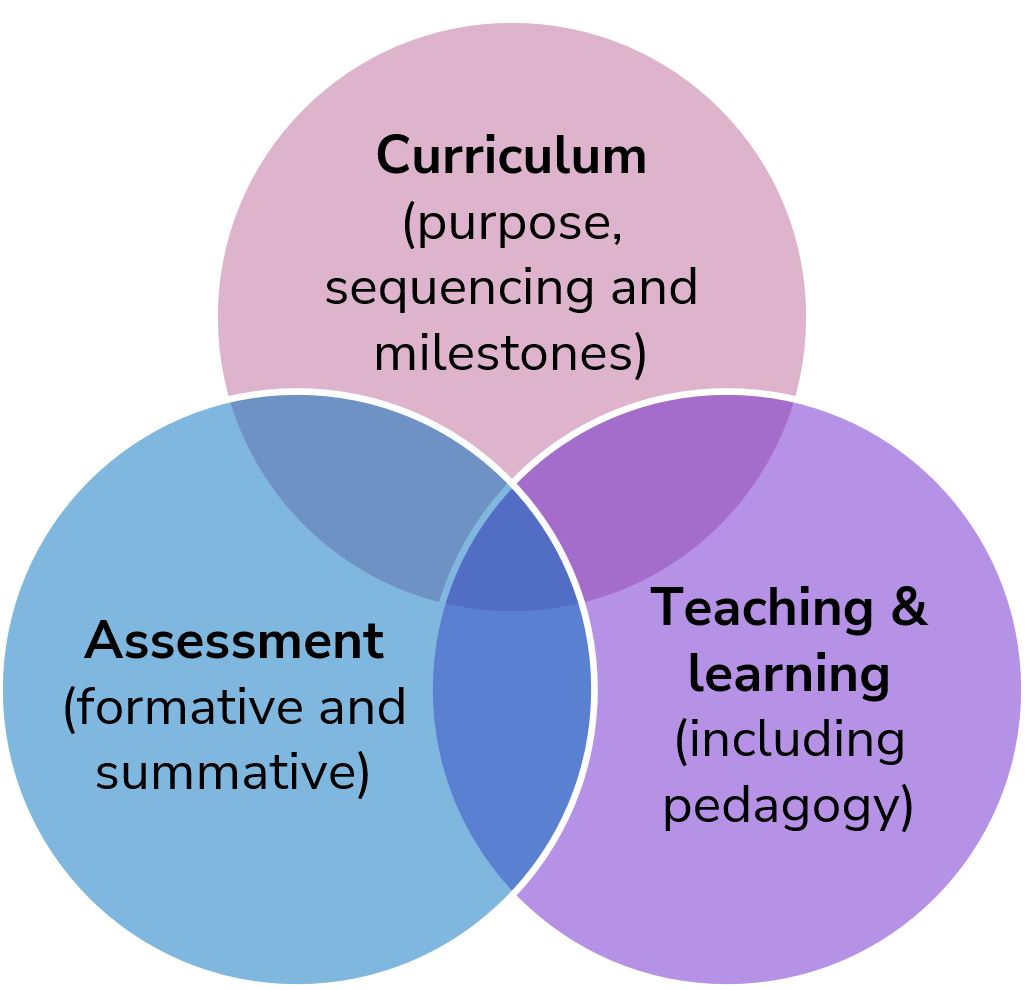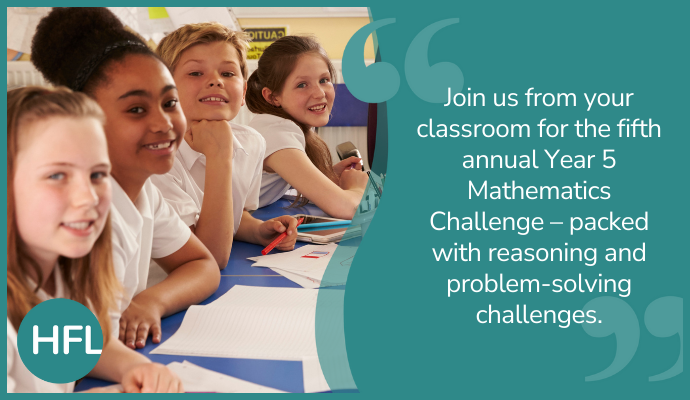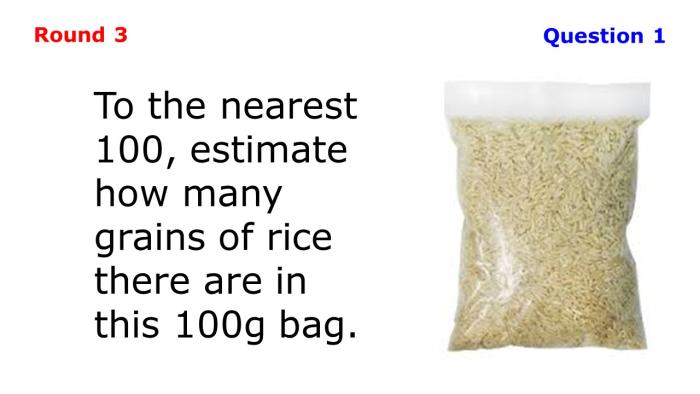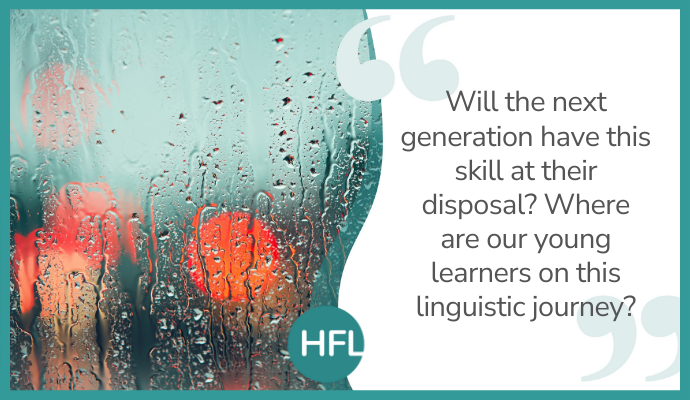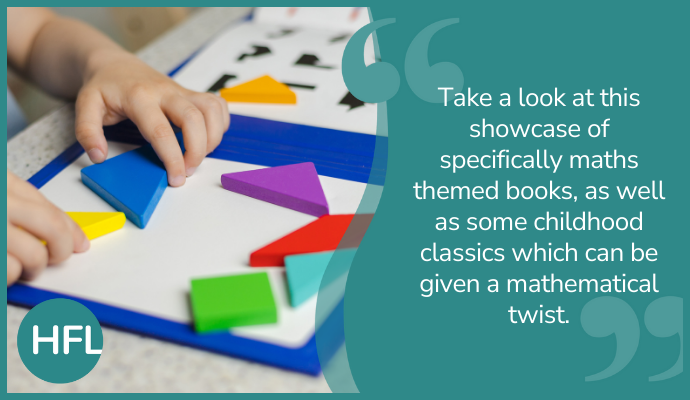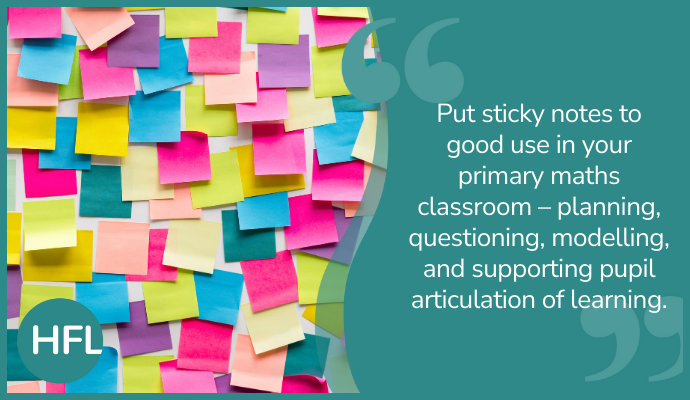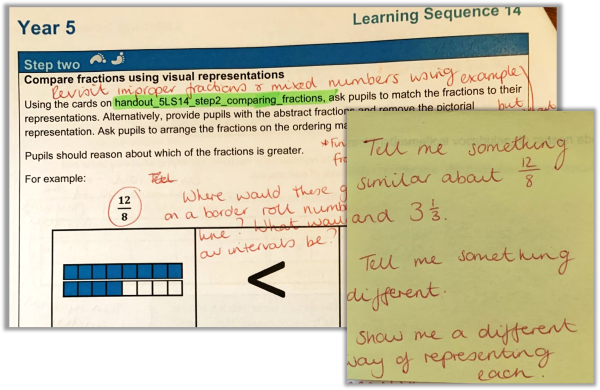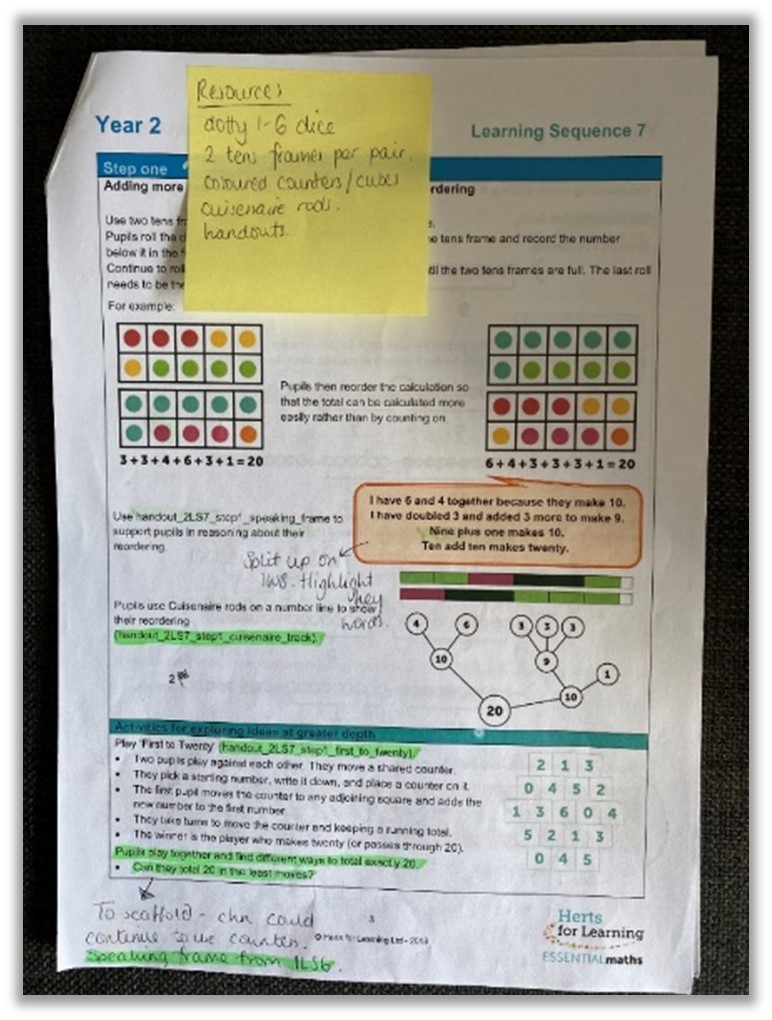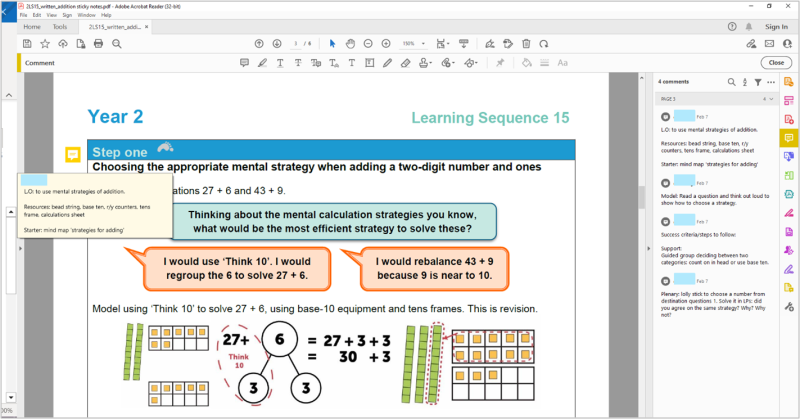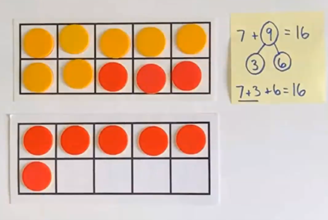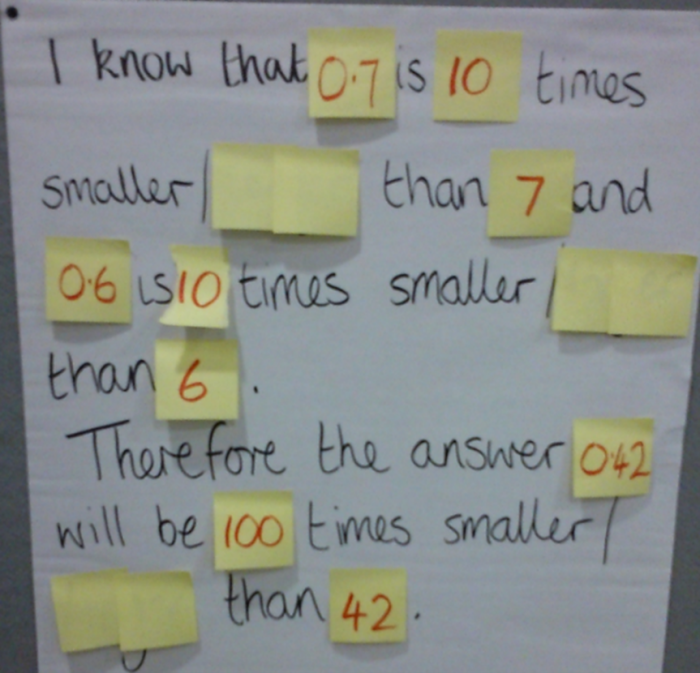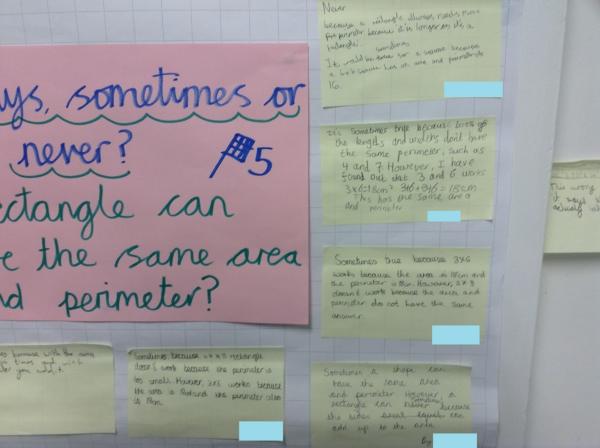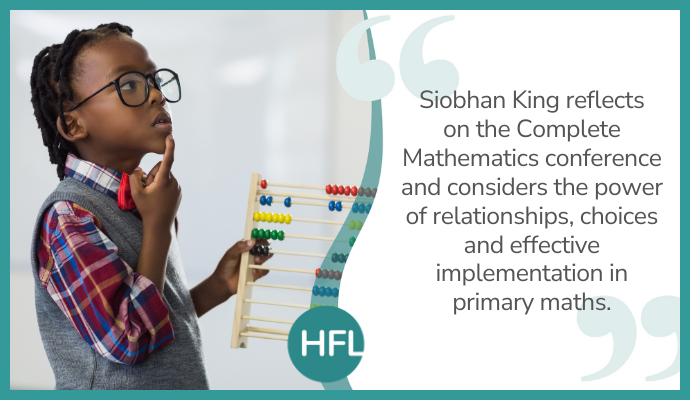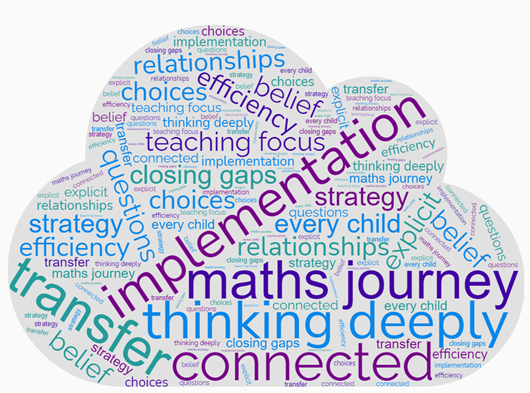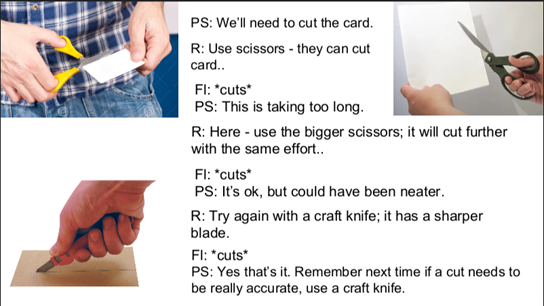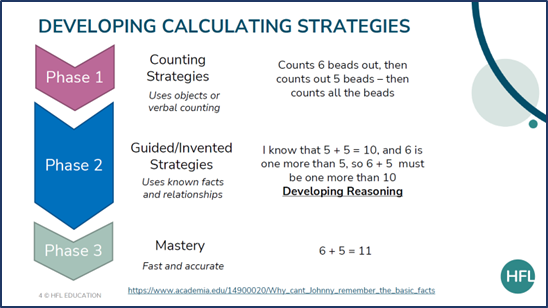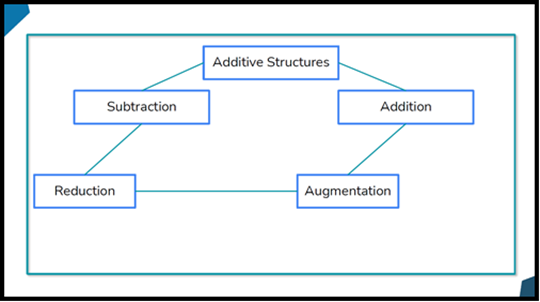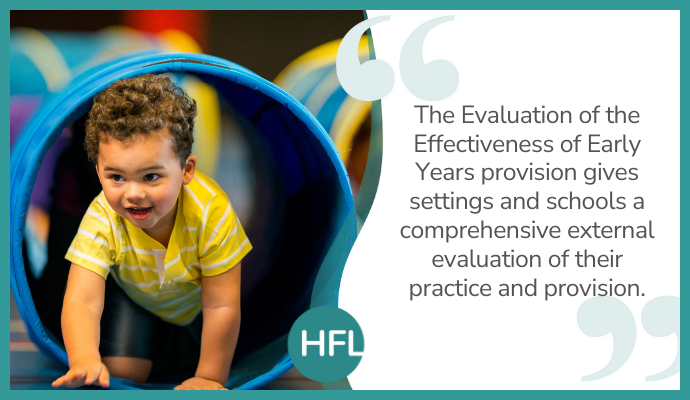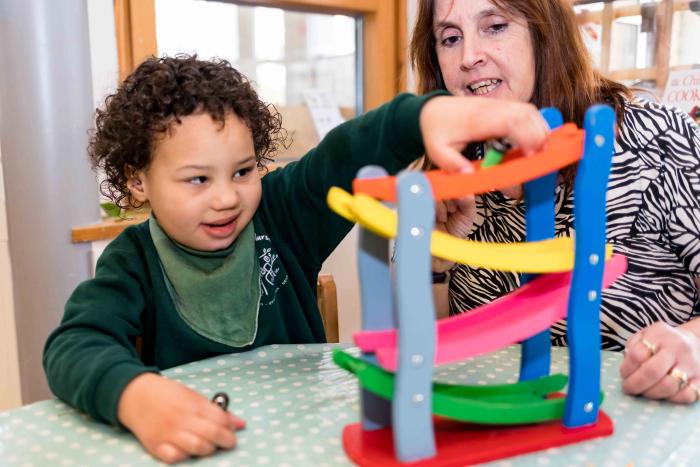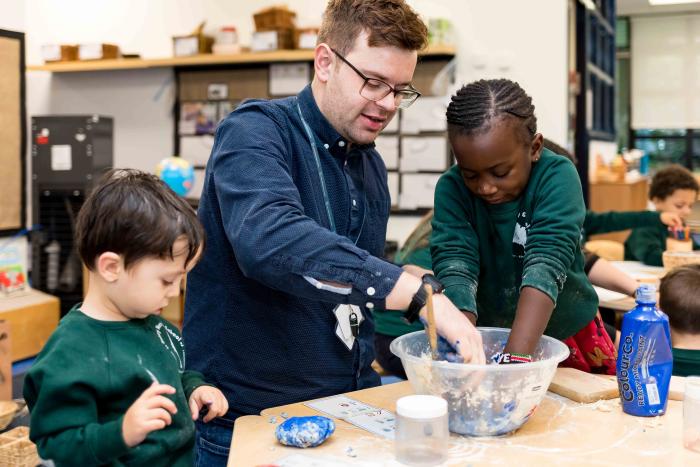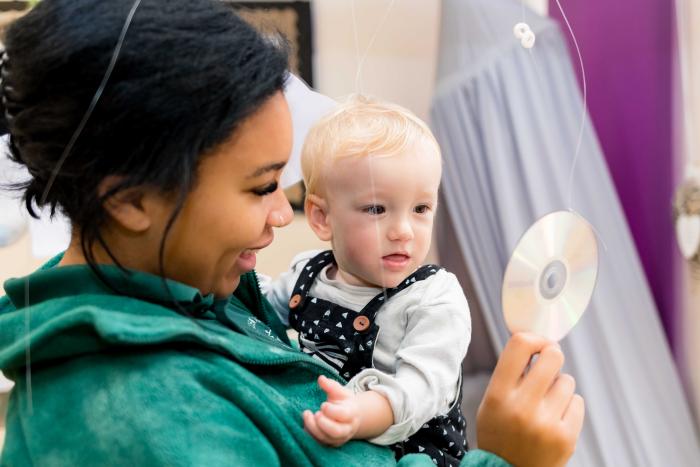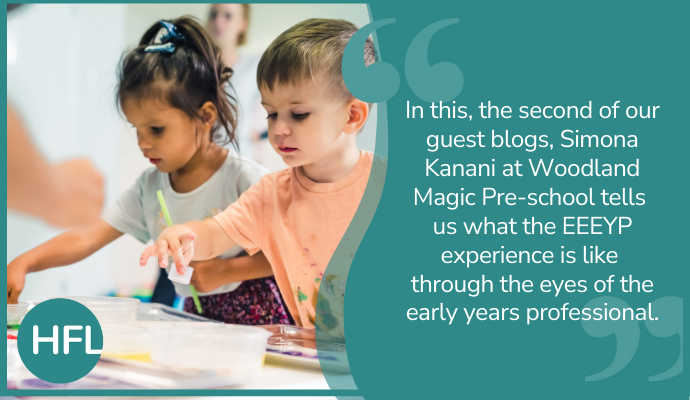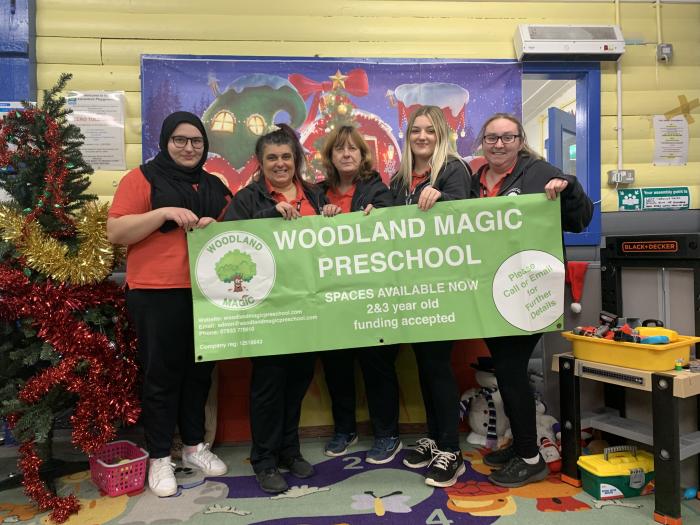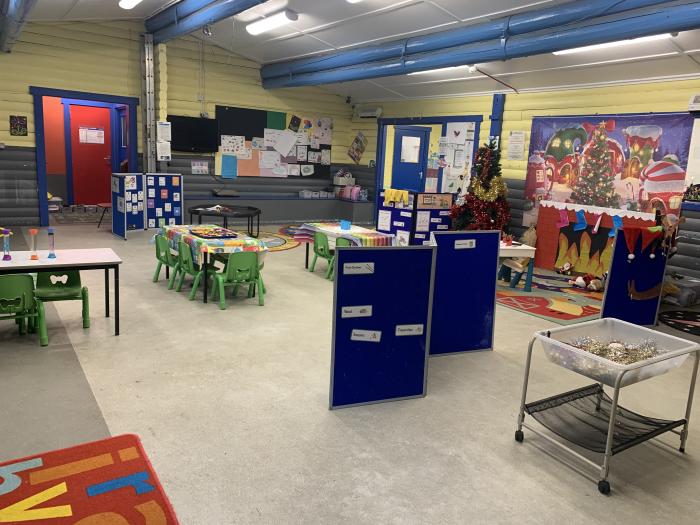And just like that, World Book Day is fast approaching. Over the years, we have showcased a mixture of specifically maths themed books, as well as some childhood classics that can be given a mathematical twist.
Here is an A to Z of some of our favourites. Which ones do you have sitting on your bookshelf at home or in the classroom?
A is for Anno: ‘Anno’s Counting Book’ by Mitsumasa Anno
This beautifully illustrated book shows a village over twelve months with opportunities to count, see quantities being combined, find the numbers that live inside other numbers and to subitise. For the month of January, alone in the snow, stands one house in front of one tree, with one child building one snowman. Later, it is June with six buildings, split into three pairs, by pathways with six ducks walking in two rows of three. Early number sense is the focus here, learning about quantity, but there is also plenty of scope for developing positional language and ordinal numbers too.
B is for Belong: ‘Which One Doesn't Belong?’ by Christopher Danielson
The first page of this book proudly states: ‘All of the answers are correct!’ With 101 reasons why each shape could or couldn’t belong, there are endless opportunities for talk and discussion. With countless possibilities including size, shape, colour, angles, symmetry and orientation, this book really can span all ages. There is just one question – Which one do you think doesn’t belong?
C is for Cat: ‘The Tangram Cat’ by Maranke Rinck and Martijn van der Linden
Part of the charm of this book is the tangram illustrations, rendered as animal companions created for the Tangram Cat. At the back of the book is a set of tangram pieces for children to use so that they can re-create the animals made by the boy. Tangrams are a seven-piece Chinese puzzle that allow learners to explore the properties of shape and consider how larger shapes can be created from smaller shapes. Composition and decomposition allow them to become more geometrically fluent. Can they make another animal? Can they use the pieces to make a boat for the cat to escape from the crocodile in?
D is for Dinosaur: ‘Prehistoric Actual Size’ by Steve Jenkins
This book creates awe and wonder as it allows you to come face to face with the ten-foot-tall terror bird or imagine a millipede that is over six foot long! It provides a plethora of measurement opportunities: recreating full size measurements outside, converting from one unit to another (cm to inches etc), comparing and sorting animals.
E is for Eeyore: ‘Return to the Hundred Acre Wood’ by David Benedictus
Christopher Robin was at school. But during the summer holiday, he returned to the forest to visit his friends Piglet, Tigger, Pooh Bear, Owl, Eeyore, Rabbit and Roo and they had lots of adventures. Look at the map:
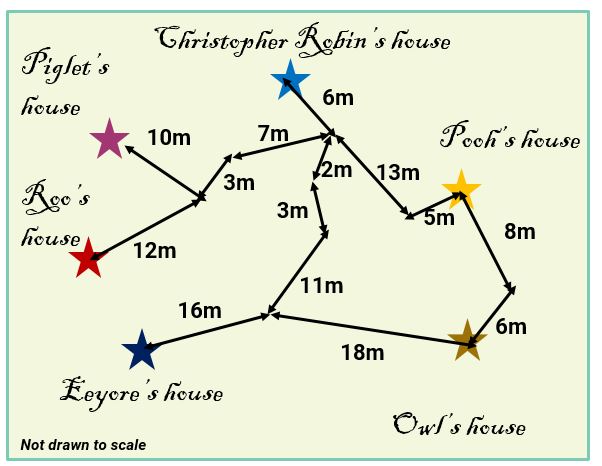
If Christopher Robin started at his house, he would have to walk 6m + 2m + 3m + 11m + 16m to Eeyore’s House. This is 38m.
- How far would he have to walk to visit each of his friends from his house?
- Who lives the furthest distance apart?
- Where would you like to walk?
F is for Freddie: ‘Freddie and the Fairy’ by Julia Donaldson
A delightful tale in which Freddie is rewarded with wishes after rescuing Bessie-Bell the fairy. In the story, Freddie receives some ‘unexpected’ gifts from Bessie-Bell the fairy. Can you estimate the size (height or length, whichever is greater) of all the different things Bessie-Bell gives Freddie?
- How could we show that in a graph or table?
- Which type of graph would be most appropriate?
- What could the scale be? Which unit of measurement?
- How else could we order them? (e.g. weight, most ‘wanted’ pet – class survey)
- Can you think of other ‘gifts’ that Freddie could have asked for?
G is for Geometry: ‘The Greedy Triangle’ by Marilyn Burns
Here, we have the captivating story of a young triangle who is discontented. By visiting his local ‘Shape Shifter’, he is gifted another side and another angle. Lo and behold the triangle is transformed into a quadrilateral! This book naturally links to practical exploration of polygons, their properties and generates lots of maths talk. Be sure to stop and give the children time to observe and comment about, ‘What is the same? What is different?’.
H is for Holes: ‘Holes’ by Louis Sachar
Stanley gets wrongly accused of stealing a famous baseball player’s trainers and gets sent to Camp Green Lake Juvenile Detention Centre. However, there is no lake, just desert, and his punishment is digging holes.
The holes that Stanley has to dig have to be exactly the same size as his shovel – his shovel is 5 feet (150cm) long. If the hole he digs is the same depth, width and length as his shovel:
- What shape is his hole?
- What is the area of the base of his hole?
- What is the volume of the hole he digs?
I is for Infinity: ‘Infinity and Me’ by Kate Hosford.
The maths in this book is not incidental but it is wonderfully philosophical, due to the main character’s quest to make sense of infinity. Uma travels through different ways of thinking about infinity by asking for and considering the views of others. This may allow discussions about how we listen and try to accommodate different ways of seeing and that by considering other viewpoints, we might better discover our own. Infinity comes to life in a sequence of beautifully conceived illustrations. Which of the illustrations makes most sense to the children? How would they describe infinity to Uma?
J is for Jack: ‘Jack and the Beanstalk’ retold by Ronnie Randall
The beans are ‘planted’ by the children and overnight, the massive beanstalk ‘grows’ in the classroom. They are so excited to see it along with the giant’s footprints across the floor leading to the sandpit. The children put their feet inside the giant’s footprints and talk about ‘how many times bigger’ and ‘how many times smaller’. They also compare their height with the giant. If the footprint is six times bigger than their feet, the giant is six times taller than them, which is shown on a height chart on the wall.
K is for Kindness: ‘The Boy at the Back of the Class’ by Onjali Q. Raúf
The empty chair at the back of the class is now occupied by Ahmet. As the nine-year-old refugee is able to tell the story of his journey from war, his friends make plans to help him. Ahmet helps his friends learn more about him by sharing his escape from war. He draws important parts of his journey to help him tell the story.
- Draw a map of a journey in your home or when you are out walking. Think about the directions you take and how far you travel
- Can you give instructions to someone else to take the same journey?
L is for Ladybird: ‘What the Ladybird Heard’ by Julia Donaldson and Lydia Monks
The quiet, little ladybird that lives on a noisy farm ends up saving the day when the prize cow is nearly stolen! Ladybirds are a type of beetle which have six legs and two sets of wings. Some ladybirds have no spots and others have up to 20 spots.
- How many spots do you think the ladybird in ‘What the Ladybird Heard’ has? How do you know?
- Can you draw or make your own ladybird?
- How many spots are on half of your ladybird?
- Which page in the book has the most legs on it?
M is for Million: ‘How much is a Million?’ by David Schwartz
Pipkin the penguin goes on a search for big numbers and gets to meet 100 penguins and spots 1000 snowflakes in the sky. The surprise gigantic fold-out poster at the end of the book never fails to produce delighted gasps from Reception pupils and year 6 alike!
After reading, you could write your own example as a class to link to work on number magnitude, for example: 1 beach, 10 seagulls, 100 crabs, 1000 shells, 1 million grains of sand etc.
N is for Numbers: ‘One is a Snail, Ten is a Crab’ by April Sayre and Jeff Sayre
This book is a great book for rehearsing counting in multiples and for exploring composition of numbers. The numbers are made by combining the feet of the animals. Sometimes, this is a multiple of a single animal (ten spiders make 80) and sometimes, it is a combination of animals (a dog and snail make 5).
O is for Ocean: ‘The Snail and Whale’ by Julia Donaldson
A fishy tale about an unlikely friendship between a rather small snail and an incredibly big whale! Did you know blue whales can be up to 30m long? How many handprints can you fit along 1 metre? How many would fit along 30 metres? An adult can often get 9-12 handprints along a strip 1 metre long. How about you?
P is for Penguin: ‘How Big Is A Million?’ by Anna Milbourne
Pipkin the penguin goes on a search for big numbers and gets to meet 100 penguin and spots 1000 snowflakes in the sky. The surprise gigantic fold-out poster at the end of the book never fails to produce delighted gasps from Reception pupils and year 6 alike! After reading you could write your own example as a class to link to work on number magnitude, for example: 1 beach, 10 seagulls, 100 crabs, 1000 shells, 1 million grains of sand etc.
Q is for Queen: ‘Mariella Queen of the Skies’ by Eoin Colfer
Mariella is a girl whose head is bursting with ideas but there is just one problem – there are not enough hours in the day! This book provides a wealth of opportunities to consider creativity in maths and how it feels to grapple with complex ideas. This book provides opportunities to further consider distance and travelling speed, percentages and expressing ideas as equations. In addition, inside the front cover, there are examples of other women who, like Mariella, have come up with some brilliant ideas.
R is for Rabbit: ‘Guess How Much I Love You’ by Sam McBratney
Little Nutbrown Hare and Big Nutbrown Hare spend a little time before they go to bed, trying to show how much they love each other. Turns out, love is not an easy thing to measure.
STRETCH! How wide can you stretch your arms?

- REACH! How high can you reach? How does this compare to other people in your family?
- COMPARE! Have you ever noticed the relationship between your arm span and your height?
- HOP TO IT! How high can you hop? How far can you hop?
S is for Shmequal: ‘Equal Shmequal’ by Virginia Kroll
This book explores ‘being equal’ using the familiar ideas of a tug-of-war and trying to balance a seesaw. The animals try to work out which teams would balance the seesaw, with each animal jumping on until they get the perfect combinations. By estimating how heavy each animal is likely to be, the children could suggest who should jump on next and on which side. They could also suggest combinations that would not balance the seesaw.
T is for the Twits: ‘The Twits’ by Roald Dahl
A story about the most horrid couple ever who love to play tricks on each other. Mr Twit makes Mrs Twit think she is shrinking by adding disks of wood to her walking stick. If he adds 3mm to them every day, how much longer would the walking stick be after a week, a fortnight, a month and a year? How tall would it be if it started off 600mm long?
U is for Understanding: ‘How Many?’ by Christopher Danielson
As the subtitle on the front cover states, this is ‘A Different Kind of Counting Book’. Each page has multiple things to count, with the opportunity to discuss different strategies for counting. For example, on the page with a pair of shoes, you may choose to see the 1 box, 2 shoelaces or the 10 eyelets on each shoe which make a total of 20.
V is for Village: ‘If the World Were a Village’ written by David J. Smith
This book takes a unique look at the world as if it were a community of 100 people, making it a clever link to proportion and percentages. The second edition had its information updated in 2017, so that it reflects how the world is changing. It takes you through nationalities, languages, and aspects of the way we live, for example, 85/100 is the proportion of the world’s population who have electricity.
W is for Web: Charlotte’s Web’ by E.B. White
A pig called Wilbur, the runt of his litter, is raised by a girl named Fern. When Wilbur is sold to Fern’s uncle, he makes a new friend in Charlotte; a spider.
Have you ever looked closely at spider webs to see how beautifully they are structured and the patterns they create? I have drawn two of my own webs based on Charlotte’s.
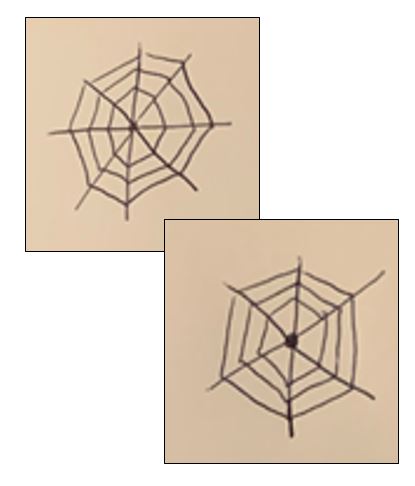
- One of my webs has 4 lines that cross (or intersect) in the centre and one has 3.
- One of my webs has 3 shapes similar to an octagon that increase in size and the other has 3 hexagons.
- I can also see lots of shapes that are similar to triangles!
What other spider webs can you design?
Are there any relationships between the amount of shapes that you can see and the number of intersecting lines?
X is for Xterminating the curse: ‘The Math Curse’ by Jon Scieszka and Lane Smith
When the teacher, Mrs Fibonacci, tells her class that they can think of almost everything as a maths problem, one pupil begins to see the world very differently. From this day onwards, everything becomes a maths problem. Getting out of bed and dressed in the morning, being ready for the bus, sharing cupcakes fairly and counting fingers on the children on different planets provide a rich variety of opportunities to notice the maths everywhere. But this is one maths curse we would highly recommend. Each page provides a rich source of maths to explore. Its final problem provides a great finale to a cleverly and beautifully illustrated book.
Y is for You: ‘You Choose’ by Pippa Goodhart and Nick Sharratt
Imagine you could go anywhere, meet anyone and do anything. You choose! Although not explicitly linked to maths concepts, the colourful pages provide endless opportunities to reason, justify and make connections, as well as practice reasoning sentence stems such as:
- I have noticed / decided…
- First, …. next, ….
- If… then…
- I think that…
Z is for Zebra: ‘Abigail’ by Catherine Rayner
This beautifully illustrated book is about a very patient giraffe called Abigail who loves to count. She tries to count several different things but the things she wants to count keep moving or getting eaten! Eventually, her friends suggest she counts the flowers in a field. This lovely book for younger children highlights how difficult learning to count is and some of the tricky bits when doing so.
